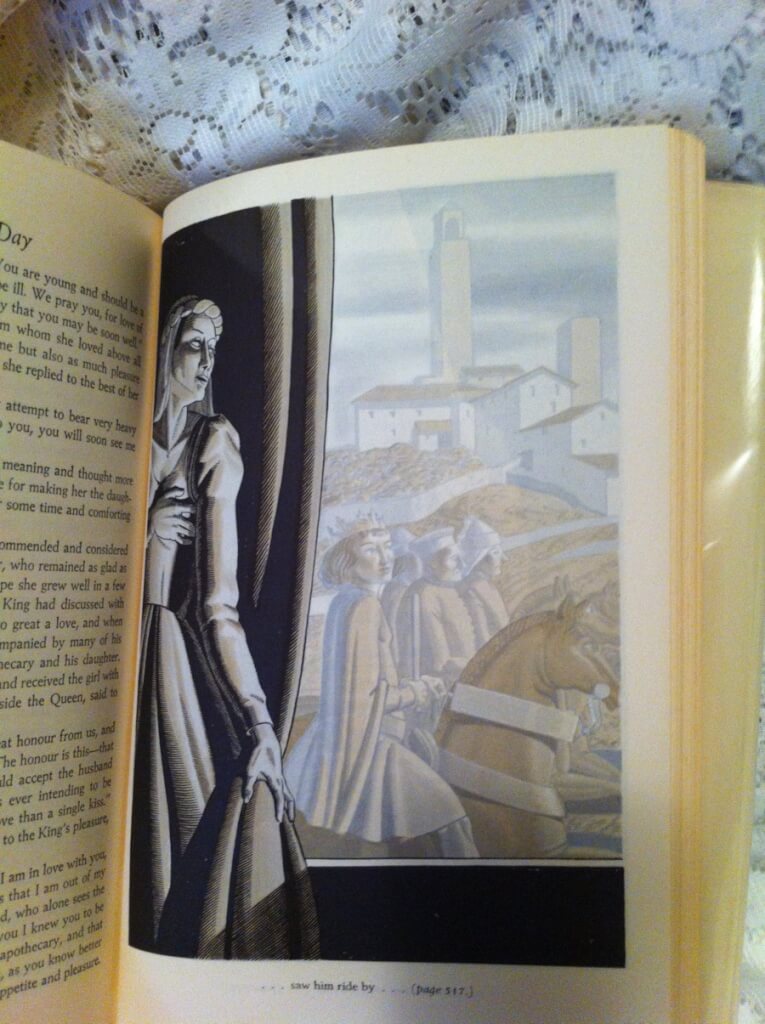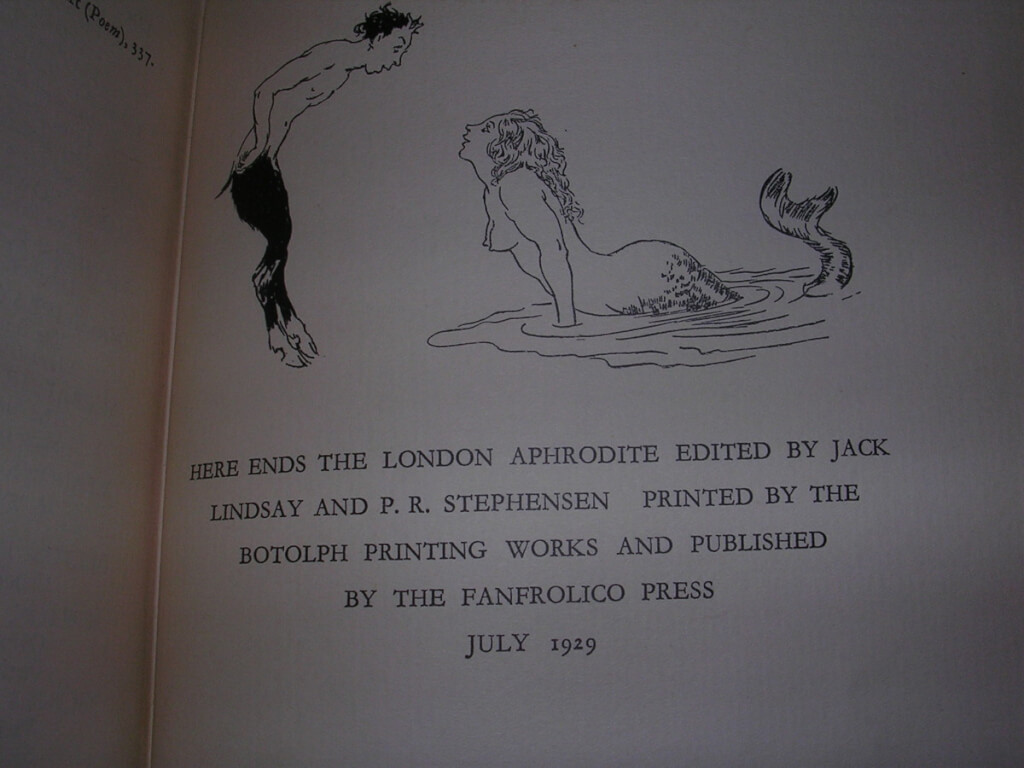Venus in Furs, Leopold von Sacher-Masoch, illustrated by Charles Raymond [trans. Fernanda Savage] (Privately Printed For Subscribers Only, New York, 1928)
218pp, hardbound with slipcase, blue faux sued boards, white spine with gilt titles, deckled edges, dark blue slipcase with orange title on spine, very good condition for age, slipcase bumps and rubbing repair to bottom of spine, book clean, pages in unread condition with some remaining uncut
Venus in Furs (German: Venus im Pelz) is a novella by Leopold Ritter von Sacher-Masoch (1836-1895), an Austrian writer and journalist. It is now his best known work and because of its themes the term masochism is derived from his name, coined by the Austrian psychiatrist, Krafft-Ebing. The novel was to be part of an epic series that Sacher-Masoch envisioned called Legacy of Cain. Venus in Furs was part of Love, the first volume of the series. It was published in 1870. The novel draws themes, like female dominance and sadomasochism, and character inspiration heavily from Sacher-Masoch’s own life. Wanda von Dunajew, the novel’s central female character, was modelled after his mistress Baroness Fanny Pistor. In December 1869 the two signed a contract making him her slave for a period of 6 months. In 1873, after the publication of Venus in Furs, Sacher-Masoch married Aurora von Rümelin who he pressured to continue the lifestyle he wrote about in his book. After 10 years they divorced. Rümelin, using the pseudonym of the books title character, “Wanda von Dunajew”, wrote Meine Lebensbeichte (My Life Confession) published in 1906. It detailed Sacher-Masoch’s private life and her relationship with him.
During his lifetime, Sacher-Masoch was well known as a man of letters, a utopian thinker who espoused socialist and humanist ideals in his fiction and non-fiction. Most of his works remain untranslated into English. Until recently, his novel Venus in Furs was his only book commonly available in English.


















